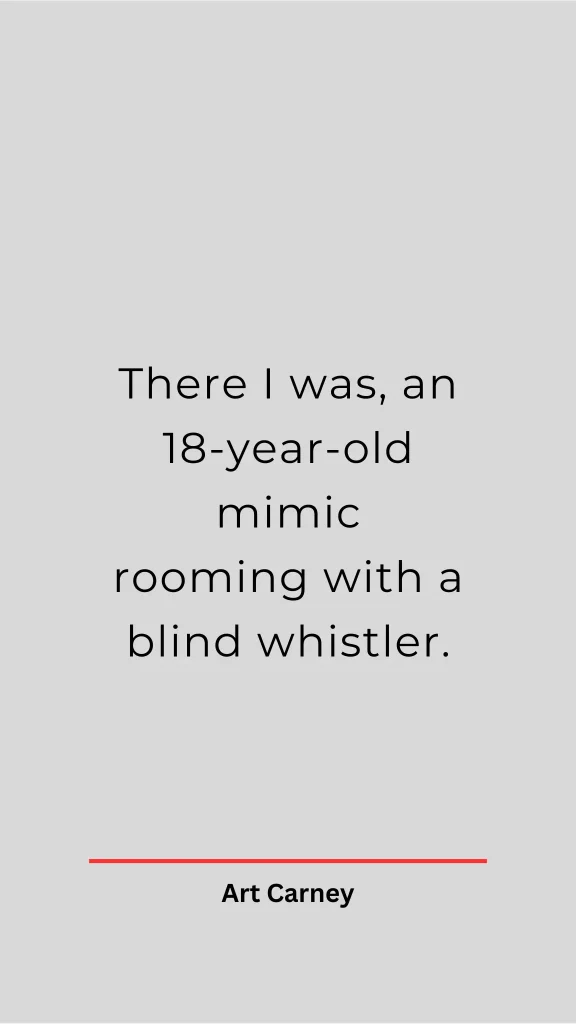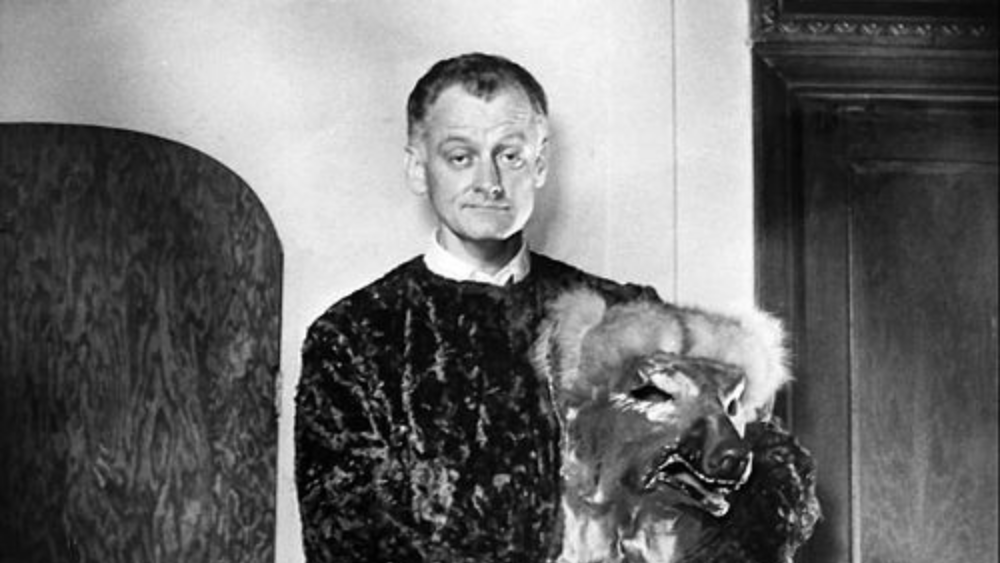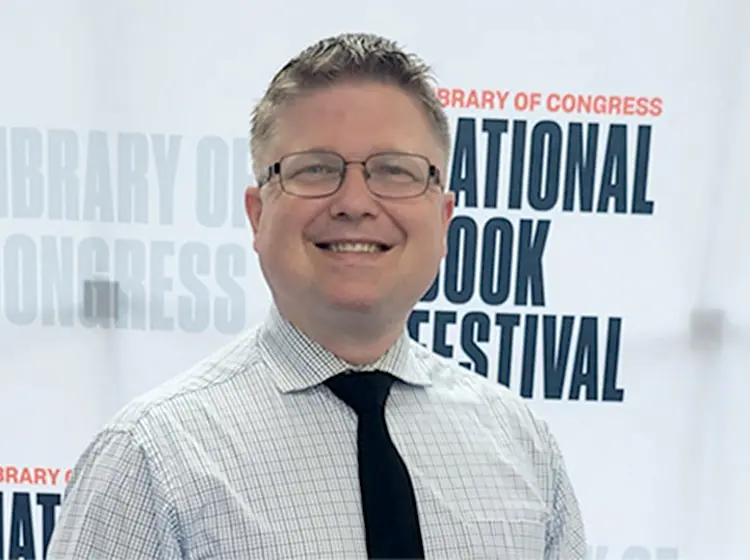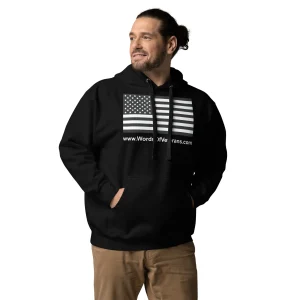Arthur William Matthew Carney, better known to the world as Art Carney, was a unique performer whose talent spanned multiple genres, generations, and platforms. Born on November 4, 1918, in Mount Vernon, New York, Carney etched his name in American entertainment history as an accomplished actor, comedian, and mimic. He is most famously remembered as Ralph Kramden in the classic sitcom The Honeymooners (1955–1956), but his career stretched far beyond the shadow of that beloved Brooklyn sewer worker.
From radio to television, from the Broadway stage to the silver screen, Carney proved his range time and time again. Over the course of his career, he received an Academy Award, a Golden Globe Award, and six Primetime Emmy Awards — a testament to his enduring talent and versatility.
Early Life and Wartime Service
Art Carney was the youngest of six boys in an Irish-American, Catholic household. His father, Edward Michael Carney, worked as a newspaperman and publicist. Art attended A.B. Davis High School and had a penchant for performance from an early age.
His life took a dramatic turn during World War II when he was drafted into the U.S. Army in 1943. Serving in the 28th Infantry Division, Carney saw combat during the Battle of Normandy. He was seriously wounded by shrapnel, leaving his right leg ¾ of an inch shorter than his left and giving him a lifelong limp. Despite the injury, Carney’s resilience saw him return to the world of entertainment. For his service, he received several medals, including the Purple Heart and the World War II Victory Medal.
Breaking Through in Radio
Before television and movies, Carney honed his skills on the radio. He got his start as a comic singer with the Horace Heidt orchestra during the 1930s and made his film debut in Pot o’ Gold (1941), a spin-off of the radio show by the same name.
A talented mimic, Carney impersonated everyone from President Franklin D. Roosevelt to Winston Churchill on various programs throughout the 1940s. His radio credits include roles in Land of the Lost, Joe and Ethel Turp, The Henry Morgan Show, and The Magnificent Montague. His voice became a familiar presence in American homes, often portraying quirky or humorous characters.
The Honeymooners and Television Stardom
Carney’s big break on television came thanks to Jackie Gleason. In 1950, Gleason was performing in the variety show Cavalcade of Stars, and Carney was brought in to play opposite Gleason in various comedy sketches. The pair quickly found magic on screen, particularly in a recurring skit about a working-class married couple in Brooklyn. These skits evolved into The Honeymooners, one of the most iconic sitcoms of all time.
As Ed Norton, Carney portrayed a lovable, dim-witted sewer worker and best friend to Gleason’s Ralph Kramden. His chemistry with Gleason was electric — a perfect mix of slapstick, sarcasm, and genuine warmth. Carney won six Emmy Awards for the role, solidifying his place in TV history.
While The Honeymooners only ran as a standalone sitcom for one season, it remained a cultural phenomenon through reruns and specials for decades.

Art Carney, the Versatile Performer
Though forever tied to Norton, Carney’s career branched out impressively. He headlined The Art Carney Special (1959–1960), starred in a successful TV adaptation of Peter and the Wolf, and gave a standout performance in The Twilight Zone’s Christmas episode The Night of the Meek.
Carney embraced his versatility, appearing in dramas, children’s specials, variety shows, and comedies. He starred in Lanigan’s Rabbi, a unique blend of mystery and comedy, and appeared in pop culture staples like Batman (as the villainous Archer), The Muppets, and even the notorious Star Wars Holiday Special in 1978 as a Rebel sympathizer aiding Chewbacca’s family.
Later, he starred as Santa Claus in the 1984 holiday film The Night They Saved Christmas and made memorable appearances on The Carol Burnett Show, Alice, and The Dean Martin Show.
A Surprise Oscar Winner
In a twist that shocked many in Hollywood, Carney won the Academy Award for Best Actor in 1974 for his role in Harry and Tonto. Playing Harry Coombes, a retired teacher who embarks on a cross-country journey with his cat, Carney beat out industry heavyweights like Jack Nicholson (Chinatown), Al Pacino (The Godfather Part II), Dustin Hoffman (Lenny), and Albert Finney (Murder on the Orient Express).
The film revealed a new dimension to Carney’s acting — subtle, heartfelt, and introspective. He also received a Golden Globe Award for the performance, proving he could carry a dramatic role with as much ease as a comedic one.
This triumph led to a string of memorable film roles:
- The Late Show (1977) as an aging detective
- House Calls (1978) as has Alzheimer’s, but an endearing surgeon
- Going in Style (1979) as a bored senior-turned-bank robber
- W.W. and the Dixie Dancekings, Movie Movie, and more
He also appeared in films aimed at younger audiences, including The Muppets Take Manhattan and Firestarter (1984). In 1990, Carney co-starred with Michael Landon in Where Pigeons Go to Die, playing a grandfather who teaches his grandson about life through raising homing pigeons — another role that highlighted Carney’s gentler, more reflective side.
His final film role was in 1993’s Last Action Hero, playing a projectionist in the meta-action comedy alongside Arnold Schwarzenegger.
Broadway and Live Performance
Carney also left his mark on the stage. He made his Broadway debut in The Rope Dancers (1957) and went on to star as Felix Unger in Neil Simon’s The Odd Couple, a role later popularized by Jack Lemmon on screen.
In 1969, he earned a Tony Award nomination for Lovers by Brian Friel. He also starred in Take Her, She’s Mine with Phyllis Thaxter, a role later portrayed by James Stewart in the film adaptation.
Music and Recordings
Beyond acting, Carney recorded several novelty and children’s songs, including the hit “The Song of the Sewer,” sung in character as Ed Norton. He also performed a jazzy, spoken-word version of “‘Twas the Night Before Christmas” and narrated a unique recording of The Wizard of Oz for Golden Records. He considered the piano his “first love” and showcased his musicality on The Tonight Show and other variety specials.
Personal Life and Struggles
Carney’s personal life was marked by both love and hardship. He married his high school sweetheart, Jean Myers, in 1940. The couple had three children — Eileen, Brian, and Paul — but divorced in 1965. He later married Barbara Isaac, a production assistant, but they too divorced. Remarkably, Carney reunited with Jean in 1980, remarrying her and remaining together until his death.
Despite his success, Carney battled addiction from an early age. By his late teens, he was a person with alcohol use disorder. He struggled with barbiturates, amphetamines, and the emotional toll of fame. He sought treatment through therapy, Alcoholics Anonymous, and ultimately found sobriety with the help of Antabuse during the filming of Harry and Tonto — a significant personal and professional turning point.
Carney’s legacy continued through his family. His grandson, Devin Carney, is a state representative in Connecticut, and his great-nephew, Reeve Carney, is a well-known actor and musician.
Final Years and Legacy
Art Carney passed away on November 9, 2003, in a care home in Chester, Connecticut, just five days after his 85th birthday. He was buried at Riverside Cemetery in Old Saybrook. His beloved wife Jean passed away in 2012 at the age of 93.
Carney’s career is a testament to the power of persistence, humility, and talent. From the zany depths of Ed Norton’s sewer to the poignant wisdom of Harry and Tonto’s cross-country journey, Art Carney brought sincerity to every role. Whether he was making people laugh or tugging at their heartstrings, he always delivered.
In an industry filled with larger-than-life personas, Carney stood out because of his quiet authenticity. He didn’t chase stardom, it found him. And through decades of performances on stage, screen, and airwaves, Art Carney carved out a legacy as one of America’s most endearing entertainers.










